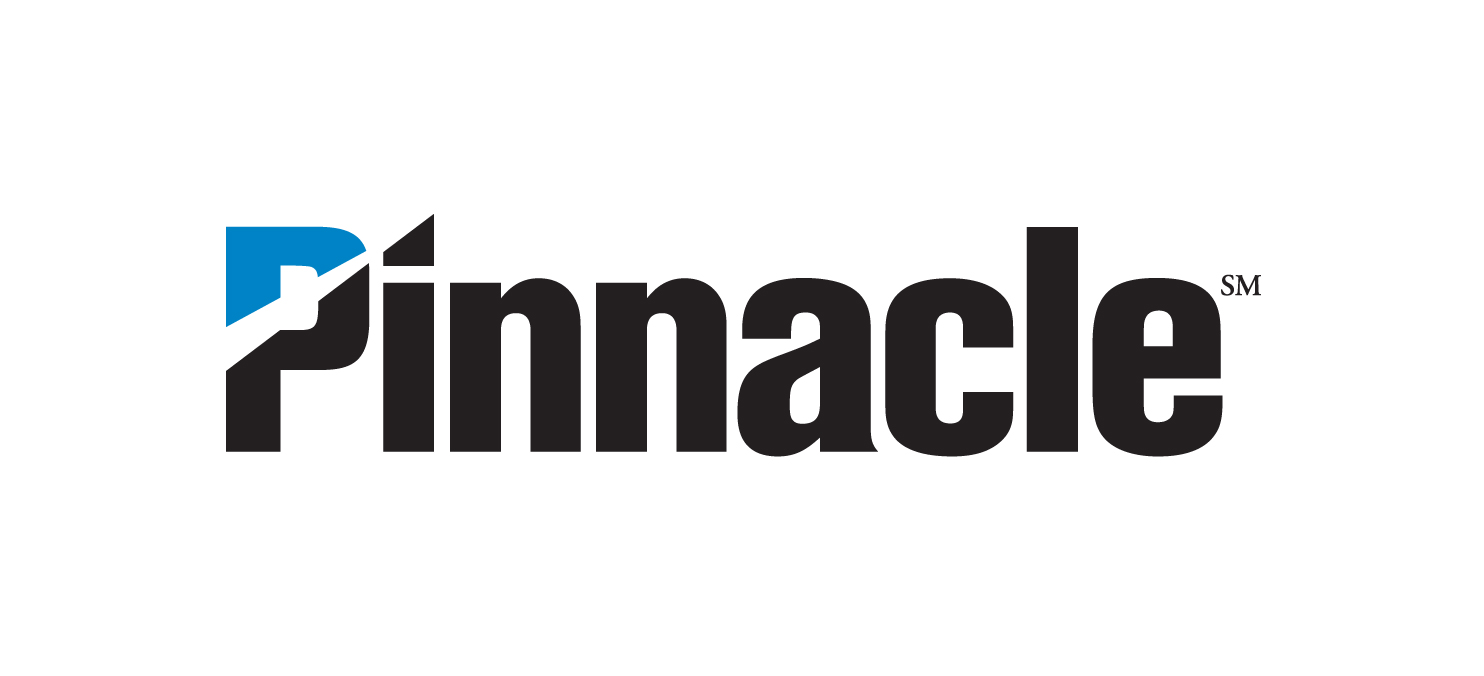Let’s Apply Our Work-from-home Experience to Save Time
- May 7, 2020
- Posted by: Joe Milazzo II
- Category: Blog
People who have been working from home for the better part of two months have demonstrated, individually and collectively, the resilience and adaptive spirit of Americans.
One unexpected side benefit has been an increase in productivity due to “virtual” meetings (e.g., GoToMeeting, Microsoft Teams, Cisco WebEx, Zoom, etc.). Not only have we proven that we can we “get by” with these remote meetings, we have learned that in many cases, we can actually do better.
Another visible, concomitant result of our changed work environment has been a dearth of peak hour traffic congestion, and a dramatic improvement in air quality in several of our nation’s metropolitan areas.
The rest of this week’s blog post is about the benefits of putting or keeping those virtual meetings in their “place” to benefit the enterprise, ourselves, and our transportation system, in the weeks and months ahead.
* * * * *
As the economy in North Carolina and elsewhere prepares to slowly and steadily reopen, many of us who had been working from home will begin returning to our workplaces. While this is positive and necessary, I believe that virtual meetings will continue to replace at least some of the in-person meetings we had been accustomed to in our pre-coronavirus world prior to March 2020.
Looking ahead, I suggest that we leverage our ongoing, recent experience with virtual meetings, along with a recognition of the real benefits and limitations they provide, from both a productivity and personal effectiveness standpoint.
There are a number of ways one could go about doing this. To the extent practical, I suggest that we align the meeting “type” (i.e., virtual or in-person) with the meeting purpose (e.g., “coordination or strategy”), and then schedule those meetings at the optimal time of day to maximize participation and effectiveness.
The following is a simplified application and explanation of what I mean.
While I have found virtual meetings to be as or more effective than in-person ones in many cases, my sense is that virtual meetings are particularly useful and suitable for “coordination” meetings, where maximizing participation among various individuals and work functions or roles is more important than say reading individual body language. By reducing or eliminating the need for travel time and buffer time, virtual meetings make it easier for more people to attend, particularly from different work locations and/or with limited schedule availability.
On the other hand, I have missed many of the in-person benefits of what I will broadly call “strategy” meetings, which to me are those smaller group conversations (8-12 person maximum) about strategy, trade-offs, alignment, team cohesion, and high-level execution decisions.
With an eye towards maximizing organizational productivity as well as employee participation, engagement, and satisfaction, I propose the following, simplified framework:
- For coordination meetings — particularly those involving people from multiple locations — plan to hold them virtually, and schedule them near the beginning or the end of the workday, at say 8, 8:30, or 9 am, or 4, 4:30, or even 5 pm.
- For strategy meetings — especially those that are internal to and integral to the enterprise — seek to hold those in-person, and schedule them during core working hours (e.g., 10 am to 3 pm).
This framework preserves the majority of the workday for potential mission critical strategy meetings, while maximizing the likelihood that the people you need to have physically and mentally present will be there for such meetings, rather than having them race against the morning or afternoon commute.
In addition, by reversing or swapping the activities of say the first or last 90 minutes of one’s workday — e.g., travel home around 3 pm, and then continue working from home via a coordination meeting or two — you will have reduced both the duration and uncertainty of the commute, while increasing the likelihood that more people can participate in those meetings. In addition, you guarantee that your associates’ workday ends on time at say 5:30 pm — at their home.
I would be remiss if I did not add that another good use of those beginning and ending time periods of the day can be for reflection, reading, and individual planning and strategy…
* * * * *
By purposefully applying our recent experience with virtual meetings to enhance our respective organizations, and by making it easier to commute outside the peak hour, I believe that we will all be more productive, and improve employee satisfaction. In addition, the provision of more commuting time flexibility for even some people, for some meetings, will improve the commute for everyone else, which is a fine contribution to regional mobility.
Naturally, we still have to run effective virtual or in-person meeting management — e.g., establish the purpose of the meeting in advance, develop appropriate agendas including priorities and sequence, etc. — but we can reduce or eliminate a major source of uncertainty and stress for your associates by swapping commuting periods for coordination meetings, and vice versa.
So looking ahead, let’s all plan to work from home — after going to work. Doing so will help us, and everyone else, make it home on time.
Let’s get moving,
Joe
Joe Milazzo II, PE
Executive Director
Regional Transportation Alliance
RTA is the voice of the regional business community on transportation

























